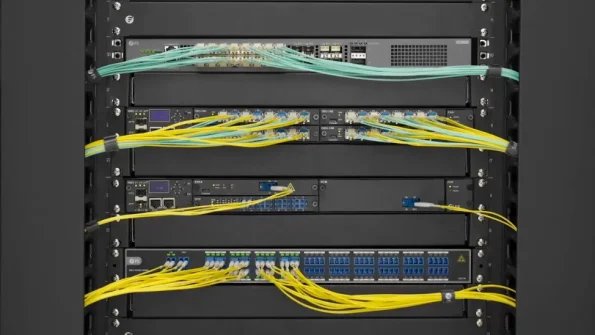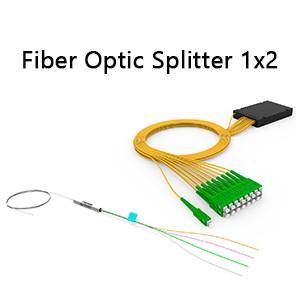Dense Wavelength DWDM Mux Demux is a pivotal component in contemporary optical communication networks, enabling high-capacity data transmission over extended distances. By leveraging multiple wavelengths on a single fiber, it substantially increases bandwidth, making it an indispensable tool for telecom operators, data centers, and enterprises seeking efficient and scalable network solutions.

How DWDM Mux Demux Operates
DWDM Mux Demux operates by combining (multiplexing) and separating (demultiplexing) multiple optical signals, each on a distinct wavelength, onto a single optical fiber. This facilitates the concurrent travel of multiple data streams, reducing the necessity for additional fiber and enhancing network efficiency. DWDM systems can transmit data across various wavelengths (typically ranging from 1530 nm to 1565 nm), allowing for up to 96 or more channels to function simultaneously on a single fiber.
Applications of DWDM MUX/DEMUX
Telecommunications
In the telecommunications industry, DWDM MUX/DEMUX is widely used to expand the capacity of core networks. It allows service providers to use the same fiber infrastructure to transmit large amounts of data between cities, countries, and even continents.
Data Centers
Data centers use DWDM systems to enhance their connectivity and streamline data transmission between facilities. As cloud computing and data storage demands grow, DWDM MUX/DEMUX systems ensure that data moves quickly and efficiently with minimal latency.
Enterprise Networks
Enterprises that require high-capacity data transmission, such as financial institutions and healthcare providers, use DWDM technology to create reliable, high-speed connections between multiple locations. This ensures that critical data is always accessible and securely transmitted.
Common Challenges with DWDM MUX/DEMUX
Channel Spacing
One challenge in DWDM systems is managing the spacing between different wavelengths. While DWDM supports dense packing of channels, proper spacing must be maintained to prevent signal interference.
Temperature Sensitivity
The performance of a DWDM system can be affected by temperature changes, as these changes can cause small changes in wavelength alignment. Proper environmental control is essential to maintain consistent system performance.
Conclusion
DWDM Mux Demux and demultiplexing technology is a game-changer for modern optical networks, providing a scalable, efficient, and cost-effective solution for high-capacity data transmission. Whether you operate a telecommunications network, a data center, or an enterprise environment, DWDM systems provide the tools you need to expand and optimize your network. By understanding the key components and benefits of DWDM multiplexing and demultiplexing systems, businesses can better prepare for future growth and technological advancements.










